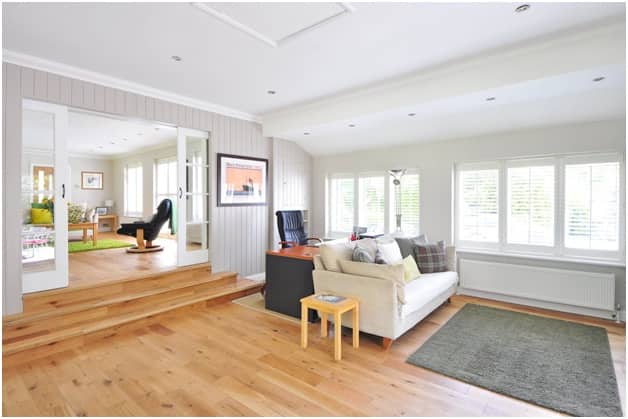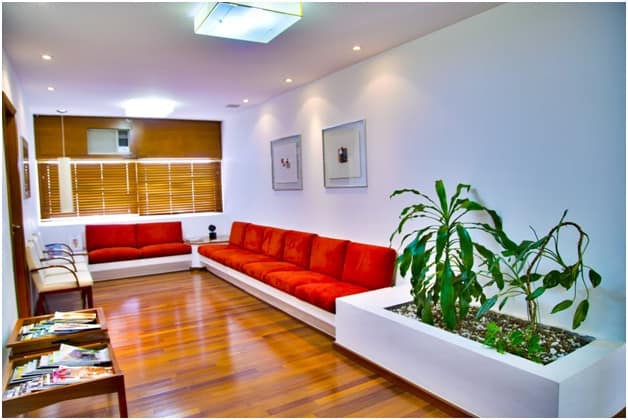
The lamination is done by a synthetic product which is applied in various layers. it is designed to shine the outer surface of hardwood. Hardwood floors are like laminated floors but different. Because the two terms are used interchangeably, it is important to know the pros and cons of both types of flooring so that you can choose what works best with you. If you want you to want to convert your hardwood floors into laminate wood flooring, know the following facts about both types of floor.
The bare surface of the wood is prime a core layer of melamine resin. The resin is what provides the hardwood a waterproof coating and shine. The fiberboard material is then applied to make faux wood texture to regain the touch of the wood which has been shadowed by the use of resin.
The laminate hardwood flooring is apparently different from that of untreated hardwood. The shine isn’t there in the raw wood, the texture is incredibly obvious and the wood grain is tremendously abundant whereas laminated floor offers a glass-like feel and finish. The untreated wood can never offer similarity; if you are fond of different textures and colors, you can go with the Harwood. When no tint or staining has been applied to the surface of the wood, the original color is what it all has, and since every plank is of different color and texture, the floors made with unprocessed wood are unique in designs.
However, when you are required to lay a wooden floor to a defined area, you must know that it is essential to maintain uniformity so that the house is alike. You can’t place wood of all colors and hues to the entire house, it is essential to have at least a few pieces of matching color to form a theme and design.

The processed wooden floors are treated with either a tint or stain because of which the color throughout the floor appears the same. Since a layer of melamine resin and aluminum oxide is added on the top of the wood, the laminated floors are harder. The resin doesn’t only provide the shine it forms a strong surface above the wood, because of these coating the hardwood becomes more durable.
The wood becomes water resistant after a good coat of lamination. This fact that the moisture can’t penetrate the material makes the floor stronger. You will not incur any moisture damage if the surface is layered with good lamination. Since the wood is a porous an alive substance, the water finds its way in through the pores residing in the substance. Wet or moist woods are prone to the damage a lot like rot and mold.
The laminated wood flooring is very hard to repair. Once the damage occurs the plank can be removed but even after a careful repair, the replaced planks will show out because of the difference in the application of the resin. When you are laminating a whole floor, you can get an even coat and smooth application of the product all along, but while laminating only a board, it is difficult to match the color with the rest of the floor. The amount of aluminum oxide applied on the surface is the factor which is responsible to reflect light and if it is not applied in an effective way, the color of the boards will appear different.
Hardwood is easy to maintain. You can clean the surface with a mop or a damp sponge, soap solutions and regular cleaners but with the finished or treated woods, you can’t do that. Regular cleaners can damage the shine of the wood and may permanently eliminate the sparkle. The surface should be protected from the scratches because polished wood makes the notches visible a little more.
